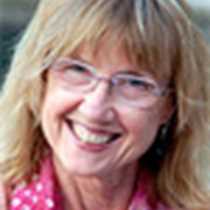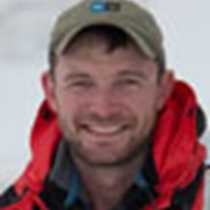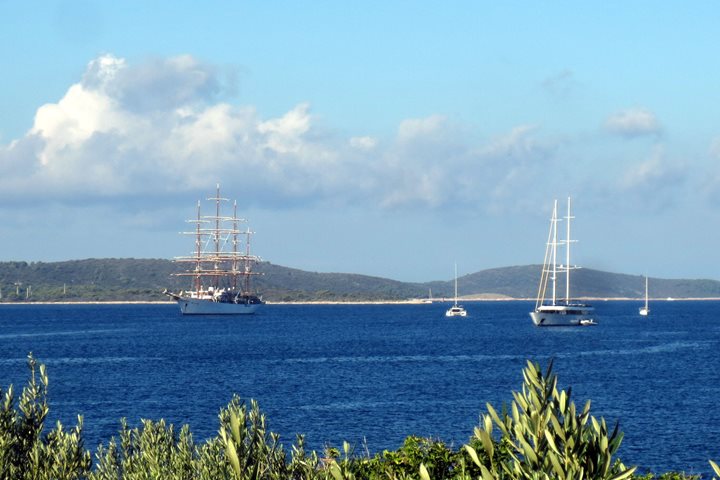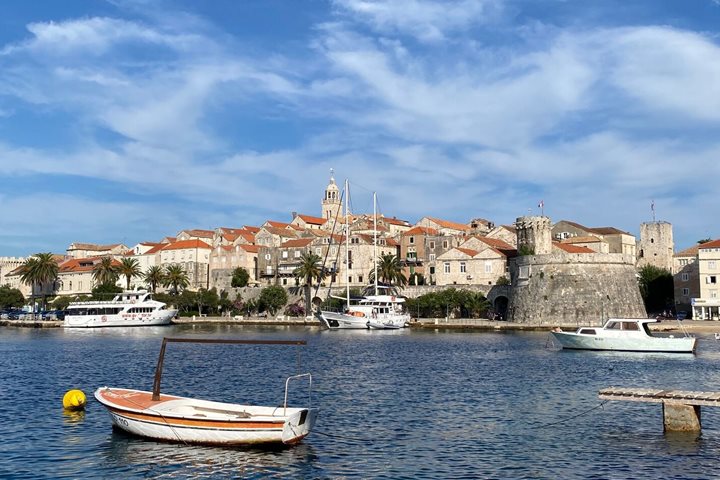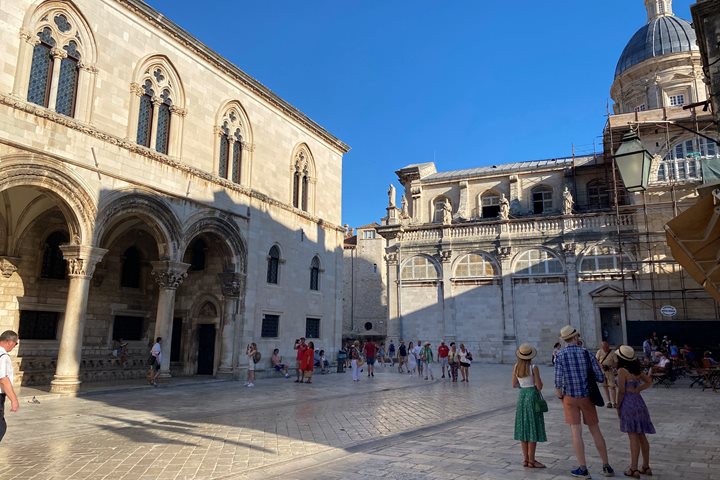The Sea Cloud anchored in the commercial port of Durres, the starting point for the Via Egnatia, the ancient Roman road to Byzantium. It was a day of traveling overland into the heart of Albania accompanied by our local guides Adrijan and Armada in order to explore a country that in the previous century has been totally isolated from the rest of world under a particularly extreme cocktail of communism and totalitarianism overseen by the somewhat paranoid dictator Enver Hozha.
Our first stop was the ancient capital of Kruje. One museum is dedicated to George Kastrioti Skanderbeg, an internationally recognized general who fought off the Ottoman Empire for 26 years. This museum was designed by Hozha’s daughter and built in 1981 specifically for the indoctrination of the Albanian people into the grand nationalist narrative of Albania. This year, for the first time, the placards explaining the different exhibits had been translated into English in recognition of the fact that foreigners are now beginning to visit this once forbidden realm. Our guide Claud, who was part of the translation team, ably interpreted the museum both in its historical and contemporary contexts.
The other museum is a jewel: an 18th century feudal home converted into an ethnographic museum which is the model of self-sufficiency containing in addition to the living quarters upstairs, facilities for blacksmithing, tanning hides, pressing olives, making wool felt, and distilling raki. The resident guide Miri cheerfully demonstrated how to use the various pieces of equipment as well as paint an entertaining picture of what life was like up in the mountains in past centuries. Although somewhere between 50%-70% (depending upon who you talk to) of the population is Muslim, they belong to the very secular Bektashi sect and the religious tolerance between Muslims, Catholics, and Orthodox Christians is proudly emphasized. After some free time to explore the medieval bazaar with antiques, handmade jewelry, and rug looms (as well as some bunker ashtrays made in China), we boarded the buses to head for the modern capitol of Tirane.
What had been fertile agricultural plains on either side of the highway are now either fallow fields or new construction sites (for the most part gas stations and hotels). The economic vision for Albania these days is tourism, a vision that has been shaped by the disastrous economic crash in 1996-1997 caused by pyramid schemes in which two-thirds of the population lost around $1.2 billion dollars. Tirane is a bustling capitol city with the central Skanderbeg Square sporting the Socialist Realist National History Museum, the 18th century Et’hem Bey Mosque, as well as ornate and colorful Italianate architecture from the 1930s. A delicious buffet lunch of authentic Albanian and Balkan delicacies awaited us at the restaurant Bujtina e Gjelit. At the conclusion of our meal, the internationally recognized folk dance troupe “Eagles” performed a variety of traditional music and dance from all parts of the country.
When we returned to the ship and refreshed ourselves, Grace Fielder did a recap of recent Albanian history and there was a lively question-and-answer session as we tried to process all that we had heard and seen today.



